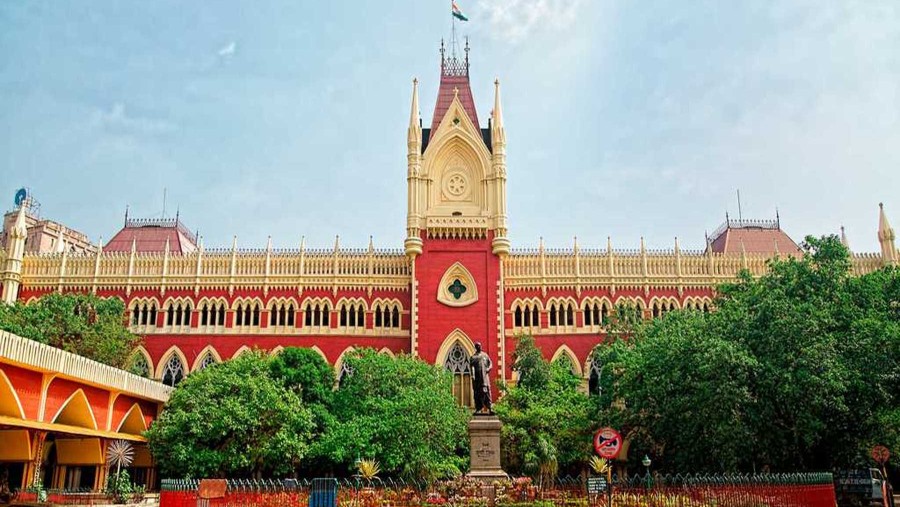Calcutta High Court has the second highest number of vacant judge’s posts among high courts — 40 vacancies against a sanctioned strength of 72.
Allahabad High Court tops the list with 64 vacancies against a sanctioned strength of 160 judges.
The high courts of Delhi and Bombay follow suit with 31 and 30 vacancies, respectively, against their sanctioned capacities of 60 and 94, the Lok Sabha was informed by Union law minister Ravi Shankar Prasad in response to a starred question from Trinamul Congress MP Kalyan Banerjee.
According to the information furnished in the House as on February 1, there were four vacancies in the Supreme Court that has a sanctioned strength of 34 judges.
The total number of vacancies in the 25 high courts is 419.
According to the memorandum of procedure for appointment of high court judges, a proposal for appointment is initiated by the chief justice of the high court concerned. The government appoints only those persons as judges of high courts who are recommended by the Supreme Court collegium (SCC).
In the past three years since 2018, high court collegiums made 505 recommendations, of which 177 names that were forwarded by the SCC were appointed by the government as high court judges. As many as 134 names were rejected by the SCC. The remaining 194 proposals received from various high court collegiums are under various stages of processing with either the government or the SCC, the statement in the Lok Sabha said.
Filling up of vacancies in the high courts is a continuous, integrated and collaborative process between the executive and the judiciary. It requires consultation and approval from various constitutional authorities both at the state and the central level. Therefore, the time for filling up of vacant judge’s posts in the higher judiciary cannot be indicated, the government said.
“While every effort is made to fill up the existing vacancies expeditiously, vacancies of judges in high courts do keep on arising on account of retirement, resignation or elevation of judges and also due to increase in the strength of judges,” the government reply said.
From May 2014 to February 1 this year, 35 judges have been appointed to the Supreme Court. Around 570 judges have been appointed to the high courts during this period.
“The government is committed to filling up vacancies expeditiously in a time-bound manner,” Prasad said.
The government’s statement comes against the backdrop of concerns expressed by a special bench of the Supreme Court having Chief Justice S.A. Bobde and Justices Sanjay Kishan Kaul and Surya Kant on January 27 over the delay in the appointment process.
“We need the update on pending names as on January 29. Suppose you have reservations and send back names to us, then we can reiterate. But if you don’t give comments for five months on collegium recommendations, it is a matter of great concern,” Justice Kaul had told attorney-general K.K. Venugopal during a hearing.
“Tell us what is your timeline to respond to these recommendations of judges’ appointment…. We need to put the house in order,” the bench had observed.
The CJI had indicated that the apex court would also ask the high courts for details of vacancies so that suitable orders can be passed on both the judicial and the administrative side. He had pointed out that 189 names were pending with the government for the past several months.











